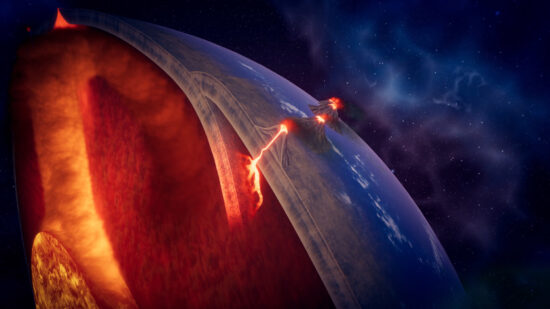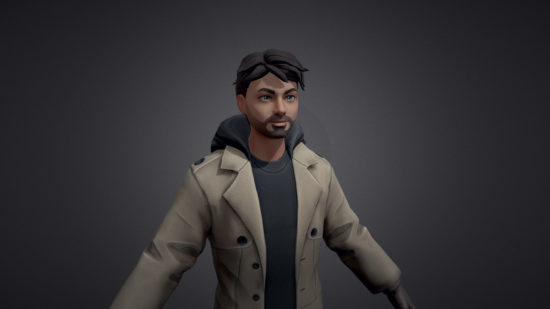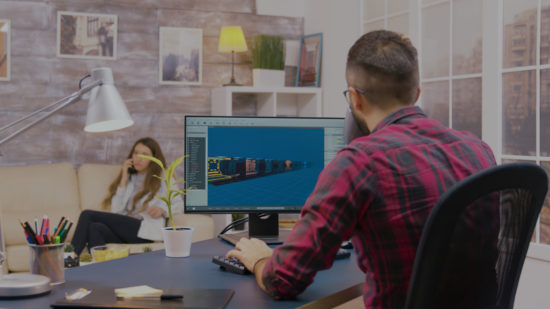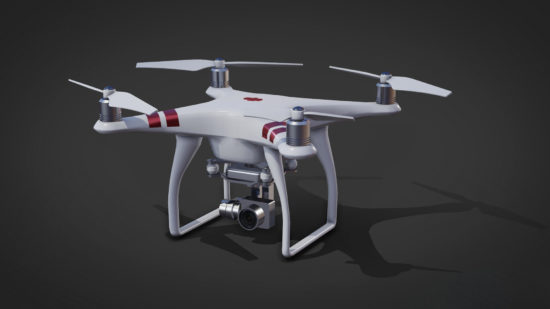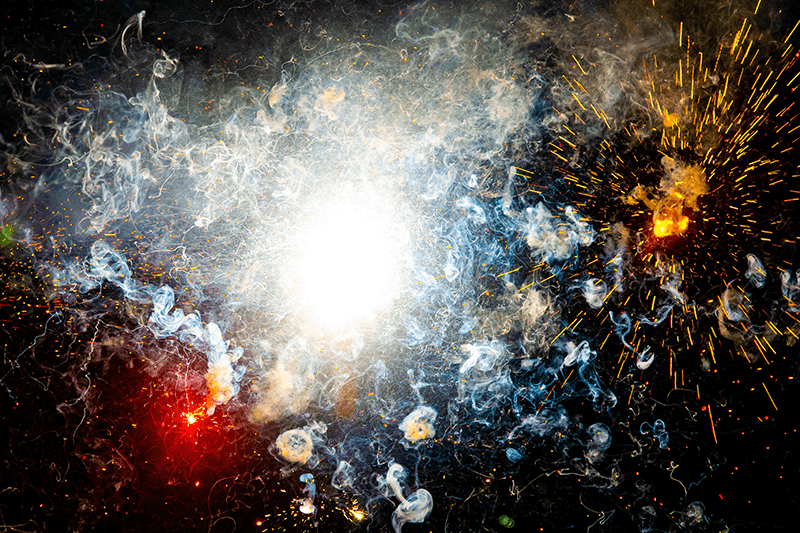
Most of us watch a lot of movies, but it is not often that we see something that amazes us with its visual brilliance and creativity, prompting us to wonder how it could have possibly been filmed, and attributing it to “movie magic”. Movie magic is sometimes attributed to camera tricks, lighting tweaks, unique props, and futuristic computer technology, but the truth is, most of the time, it is simply VFX created through the VFX pipeline.
VFX stands for visual effects, and encompasses all imagery and visual elements added to footage after it is recorded. For example, in movies and video clips, they can be digital elements and characters not originally filmed on camera, but later added with a computer program. Similarly, a game may have a rendered scene or camera-recorded clip that gets modified with VFX.
What is a VFX Pipeline?
In the traditional sense, pipelines are installed to transport some materials or things from one point to another, and the pipe often has several bends between one end and another. The process of applying VFX has the same multi-stage principle, so naming it the VFX pipeline seems to be quite appropriate. The visual effects pipeline has 3 key stages, which we will be examining below.
Stages of the VFX Pipeline Explained
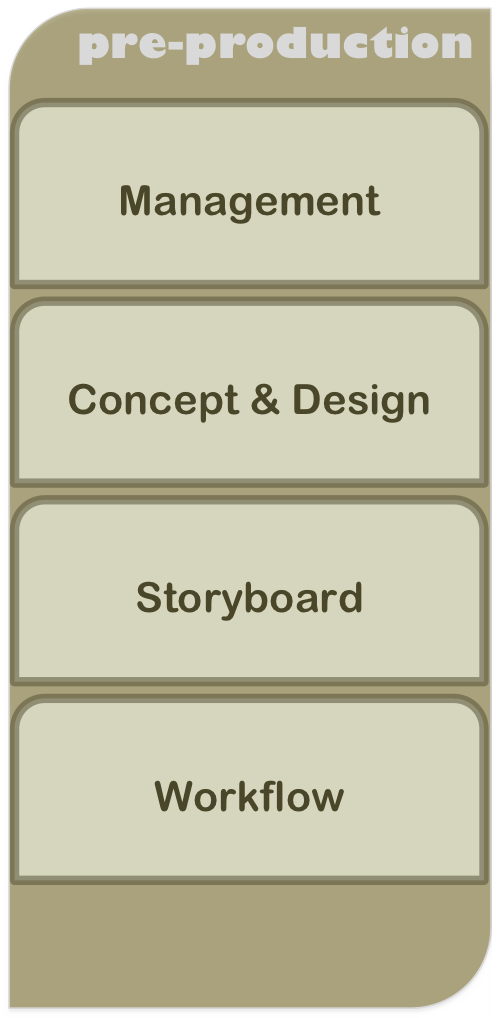
Pre-production
The first stage of the pipeline is focused on preparatory work, i.e. setting everything up for the creation of the clip. For example, a storyboard is created. This is an organized sequence of basic drawings or comic strips outlining all of the major events and scenes in the upcoming clip. In some cases, the artists working on the project will even create a pre-visualization (simple, low-quality animation) of the storyboard just to get a first look at how it will look in motion.
To get a grasp on how important characters, objects, and environments will look, concept art is often created and often becomes a visual guide for further filming. Finally, it is necessary for the team (and VFX supervisors in particular) to plan out how the filming location and process should be approached to leave room for a smooth transition of digital elements later on.
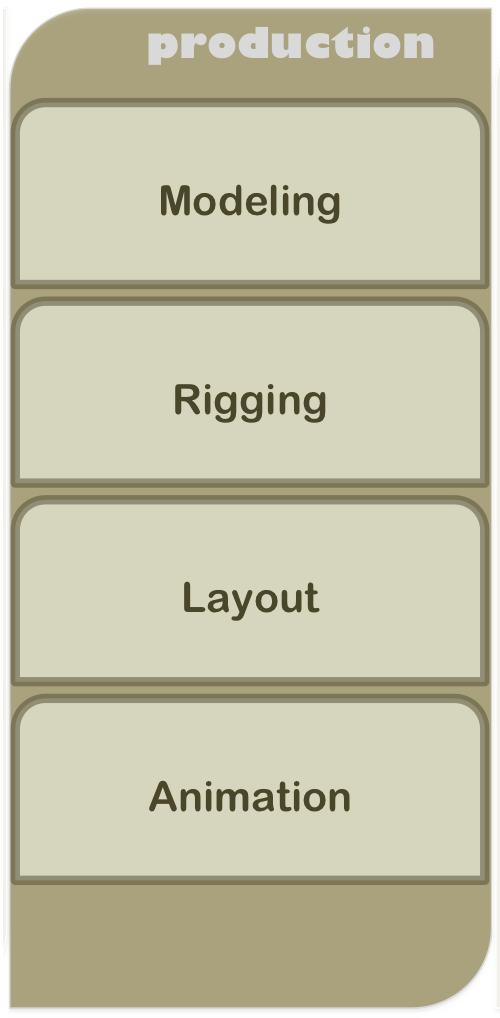
Production
This is the “filming” part of the pipeline, when all of the preparations of the previous stage are put to use to get footage that will be improved and updated later on. It is very important to perform the shooting in a way that will make it easy to insert visual effects organically, so directors apply many creative methods, from lifelike props to unique camera angles, to green screen. It is also possible to add visual effects and digital elements without green screen, but is significantly more difficult, so the green screens have been embraced by professional and amateur filmmakers alike.
In game development, visual effects are seamlessly integrated into the gameplay, so these effects are added during production and no further work or third stage is necessary.
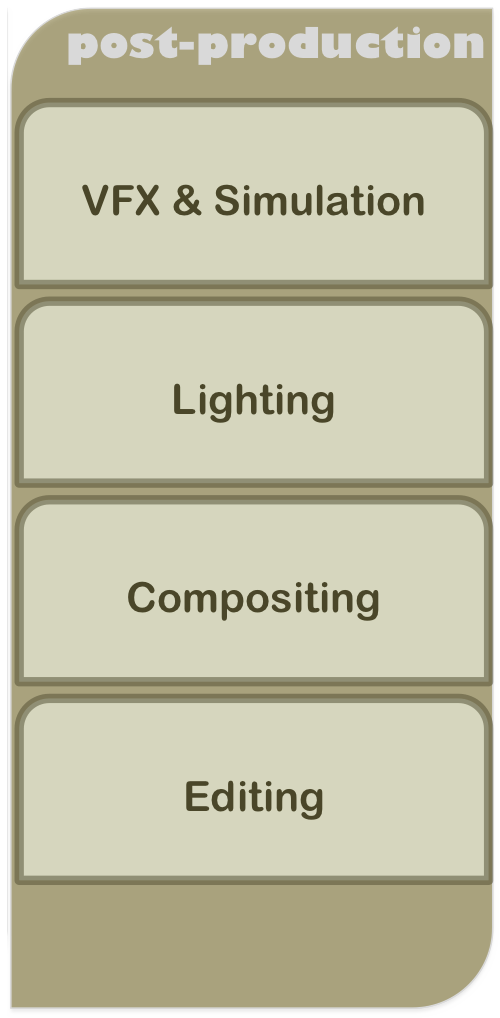
Post-production
Of the three stages of VFX, post-production is the most important one, as this is when most of the visual effects work takes place. In fact, it is a common misconception that it is only during “post” that VFX artists get to work. The stage begins after filming is complete, but may also start after a certain video fragment is complete, thus proceeding in parallel to the filming of other fragments.
How it works
Essentially, what happens during post-production is that the VFX team (artists, animators, painters, compositors, and several others) work with technical directors and supervisors to transform the existing footage into completed footage with all of the intended effects added. Traditionally, this is done with the help of computer software, though some art can be drawn by hand.
Top VFX Techniques
Compositing
Compositing is easily one of the most common techniques in VFX, and is especially prevalent in action and sci-fi films. As you might guess from the name, it involves merging several elements together to make a whole. The elements can be several clips filmed separately, or digital assets and separate clips. To make the compositing almost flawless, green screens are typically used, though they are not mandatory. This practice is also known as chroma key compositing.
Matte painting
Matte painting is one of the biggest cost-cutting techniques in the film industry. At the core of it is the creation of a painting/image/panel that will serve as a background for events taking place on camera. For example, two characters may be standing and talking to each other in a wide-open area. Instead of building a giant set behind the characters, technical specialists can just use insert a matte painting that looks like the real background behind them. Such “paintings” can be created digitally, with photography, or by hand.
Rotoscoping
Rotoscoping is quite similar to compositing, given that elements from one clip are moved to another clip, except the manipulations are usually much more drastic. To be specific, an outline (matte) of an object or character is made by tracing over its movement in film, and then integrating it into another clip, or removing it entirely. While compositing often involves adding digital assets created on a computer, rotoscoping is more about taking assets already existing on film, creating a shadow of them, and using it elsewhere. As an example, you may look at the film “A Scanner Darkly”, which uses extensive rotoscoping and looks like an ordinary film was put through a filter and turned into animation.
Motion Capture
Motion capture is one of the breakout technologies of the past decade of filmmaking, and is probably one of the most well-known types of effect. It involves an actor wearing special equipment that records their muscle movements in a scene, and the recorded movements are then superimposed on a digital character created with CGI (computer-generated imagery). Artists working with motion capture have the difficult task of making these ordinarily human movements look natural on a dragon, supervillain, or another non-human character.
Texturing/Shading
Texturing and shading are very intertwined when it comes to designing 3D models and using them in videos. For example, texturing is a practice ensuring that the textures of the character/object/setting are lifelike and have enough detail to trick the viewer into thinking that it might be real. Shading has the same basic principle, but focuses on how light affects the digital model – which parts of it look brighter or darker, how shadows fall, what reflections look like, etc.
Rendering, rigging, and animation
While we have discussed how transformative elements are integrated into video clips, it is worth mentioning how VFX artists create these elements. When the added elements are not fragments of other clips, they tend to be 2D or 3D models. 3D models are generated through a process known as “rendering” performed on special animation software, while 2D models can also be created in animation software or drawn manually. If the models represent a person or character, their movements are often directed by a technique known as rigging. Rigging assigns a bone structure to a character, so any movement that they experience affects them realistically and according to the established structure.
VFX services
VFX services are in high demand, and the market is estimated to triple in size to a whopping $1.4 billion over the next 6 years.
Visual effects are incorporated into a wide variety of projects, but only the biggest ones go through the whole pipeline we described. Many small-scale and hobby projects require minimal visual touch-ups that can be achieved by spending a few hours learning and working with an editing program (such as Adobe After Effects), but larger projects are a whole different story. It takes a lot of time and effort to master complex VFX, and use them confidently in a variety of scenarios. For this reason, many companies opt to hire VFX services provided by other studios and agencies.
3D-Ace is a studio operating in Eastern Europe with over 26 years of experience in creating VFX, art, 2D/3D models, and animation. Our many years on the market have allowed us to deliver projects of many different calibers, including on different stages of the VFX pipeline and using diverse techniques. For instance, our Bumblebee project led to the digital creation of the beloved Transformers character with lifelike rendering and rigging added.
We are always looking for new and interesting projects, so if you have some VFX work or similar projects that we can assist with, feel free to contact us. Even if you are not sure whether the project is something that we specialize in, we will be more than happy to discuss it with you.
